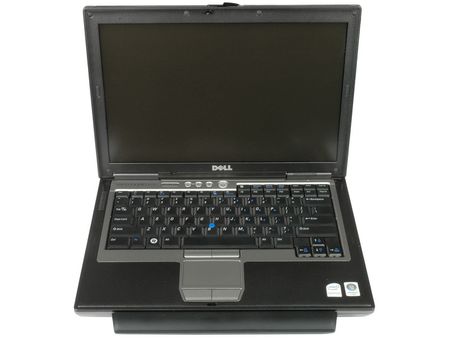Flash SSD Update: More Results, Answers
An Apology First – And One New SSD To Prove Us Right
First of all, we want to take this opportunity and apologize to our readers, for we made a procedural mistake when we compared battery runtime of various Flash SSDs, which we used to replace a 7,200 RPM hard drive on a business notebook in an effort to compare battery life of SSDs versus a conventional hard drive. As it was commented by our readers (see comments of that article) and other sources (thanks, George), part of the test procedure was inaccurate because of varying workload. This may cause other system components such as the CPU to be used more intensively, hence contributing to draining the battery earlier than on a slower drive.
The conclusion, however, that Flash SSDs are often misleadingly presented as energy savers to increase your battery mileage on notebooks, is not invalidated. The truth is that more and more Flash SSDs will be increasingly efficient. But many conventional hard drives can also be more efficient than today’s Flash SSDs in the scenarios some of you were demanding: when providing data under a defined workload such as video playback or in idle until the notebook battery runs empty.
We looked into all of that to find answers to the questions. You will see that there is indeed one Flash SSD that beats the living daylights out of any hard drive now, and you will see that answers can only be found for specific applications.
We’ll talk about this drive later, but this is exactly what our initial article meant to say: many Flash SSDs simply aren’t there yet.
There is no Simple Conclusion
The truth is that no general conclusion, such as “Flash SSDs are more efficient,” can be drawn at this point for the majority of the Flash SSDs on the market. Performance, efficiency and performance per watt typically depend on the specific workload, and some hard drives are surprisingly efficient in certain disciplines.
Some Flash SSDs were designed to be performers and they deliver on that promise regardless of power consumption (although performance per watt is typically great). Many others, especially first-generation drives, simply do not serve up the same solid results.
Get Tom's Hardware's best news and in-depth reviews, straight to your inbox.
Additional Products Tested
For the additional tests we decided to take battery runtime tests out of the equation, mainly because they take a lot of time and we wanted to focus on a representative variety of drives when we provided this update.
We had to return the MemoRight Flash SSD, but we still have the Mtron Flash SSD, SanDisk’s SSD5000 and the Crucial SSD. We also received additional Flash SSDs by Super Talent (Master Drive MX) and the OCZ SATA II Flash SSD, which is the real surprise, proving us right when we say that many Flash SSDs are a hoax, while also proving many other people right who say that Flash SSDs do much better than magnetic hard drives. Much better.
Finally, we added more hard drives to our lineup. There is the Hitachi Deskstar 7K200, which we used for the initial article, Samsung’s HM320JI, a brand new Seagate Momentus 5400.5 — both 5,400 RPM drives — and Western Digital’s WD3200BEKT, which runs at 7,200 RPM like the Hitachi drive.
Current page: An Apology First – And One New SSD To Prove Us Right
Next Page New Test Procedure